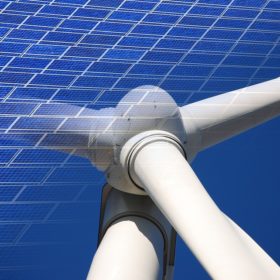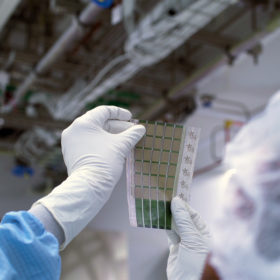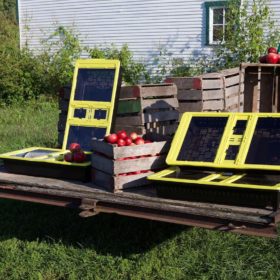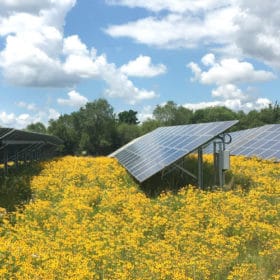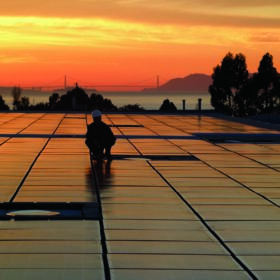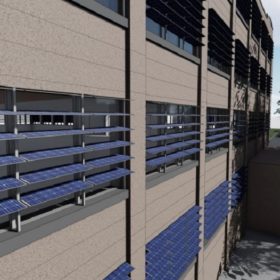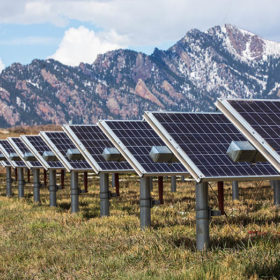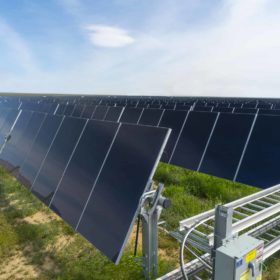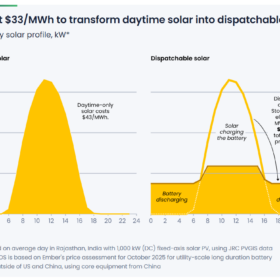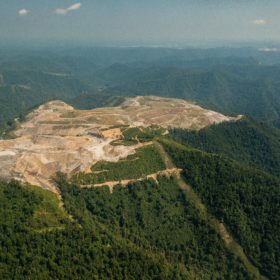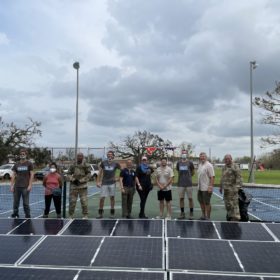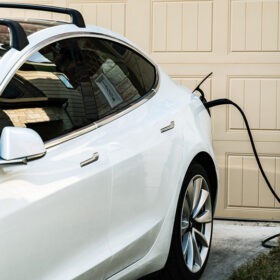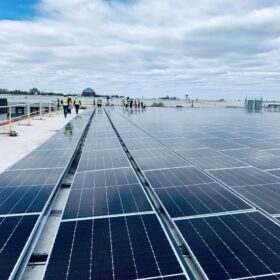NREL projects renewable generation could approach 70% by 2035
Solar and wind deployment would increase sharply under the forecast from the National Renewable Energy Laboratory.
Solar cell fabrics to power every surface
MIT researchers developed printable, paper-thin solar cells with record breaking weight-to-power ratios.
USDA provides funding to solar-powered agricultural dehydrator
JUA Technologies has developed PV-powered crop dehydration products that don’t require electricity, oil and gas fuel.
DOE announces $8 million for six agrivoltaic research projects
The FARMS projects will examine multiple configurations of solar system design, crops and cultivation methods in order to develop replicable models that may offer new economic opportunities.
Solar performance reduced by up to 30% during peak wildfire seasons, report finds
National Center for Atmospheric Research scientists ran tests to improve the ability to forecast solar production around wildfire season.
Solar assets are underperforming by 8%, kWh Analytics reports
The 2022 Solar Generation Index report showed a continued trend of solar asset performance falling below estimates.
Design framework for BIPV shading devices
Canadian researchers have developed a new model to improve the performance of building-integrated PV (BIPV) shades in buildings. They considered solar electricity, heat transferred through windows, and interior daylighting quality.
Solar and storage prices soared as a result of market disruptions, NREL reports
The Covid-19 pandemic, tariffs, the Uyghur Forced Labor Act all created such significant market disruptions between Q1 2021 and Q1 2022 that NREL researchers looked at both short-term distortions and long-term trends in its most recent annual cost benchmark report.
Spacing between PV cells effectively cools panels down, study finds
In a typical PV plant, where modules operate nearly 25°C above the ambient temperature, energy loss can reach 12%.
Sunrise brief: One of the largest solar-plus-storage facilities in Texas achieves operation
Also on the rise: Powin partners with SMA America for 2 GW supply agreement. Corporate solar doubles since 2019, displacing 20.4 million tons of carbon annually. And more.
